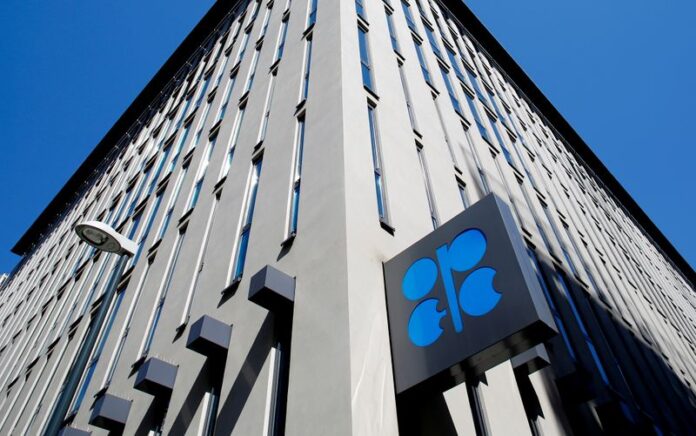VIENNA: The OPEC has raised its global oil demand forecast for the first quarter of 2022 but left its full-year growth projection as it said the Omicron coronavirus variant would have a mild impact.
The oil exporters’ group expects oil demand to average 99.13 million barrels per day (bpd) in the first quarter of 2022, up 1.11 million bpd from its forecast last month, it said in its monthly bulletin on Monday.
World oil demand growth was kept unchanged at 4.2 million bpd and total global consumption at 100.6 million bpd.
The impact of the new Omicron variant is projected to “be mild and short-lived, as the world becomes better equipped to manage Covid-19 and its related challenges”, it said while predicting steady economic growth in both the advanced and emerging economies, despite global inflation concerns and supply chain bottlenecks.
“This is in addition to a steady economic outlook in both the advanced and emerging economies, despite current inflation and supply chain bottlenecks, ongoing trade issues and their impact on industrial and transportation fuel requirements.”
The assessment from OPEC comes as oil prices continue to trade higher, amid easing concerns over the Omicron variant hitting demand.
Demand for oil in Organisation for Economic Cooperation and Development countries is forecast to grow by 1.8 million bpd in 2022, while the non-OECD region is projected to increase by 2.3 million bpd, “supported by steady momentum in economic activities, particularly China, India and other Asian countries,” OPEC said.
The group kept world oil demand growth for 2021 unchanged from last month’s assessment of 5.7 million bpd.
Non-OPEC supply growth in 2022 is expected to be 3 million bpd year-on-year on the back of an expected gradual increase in drilling and completion activities in the US, the organisation said.
























